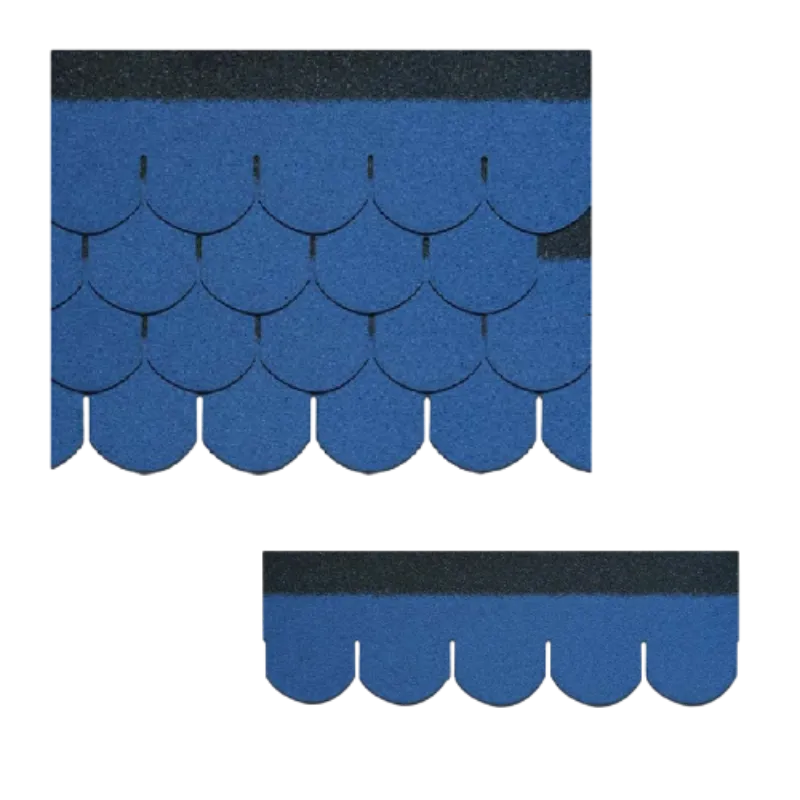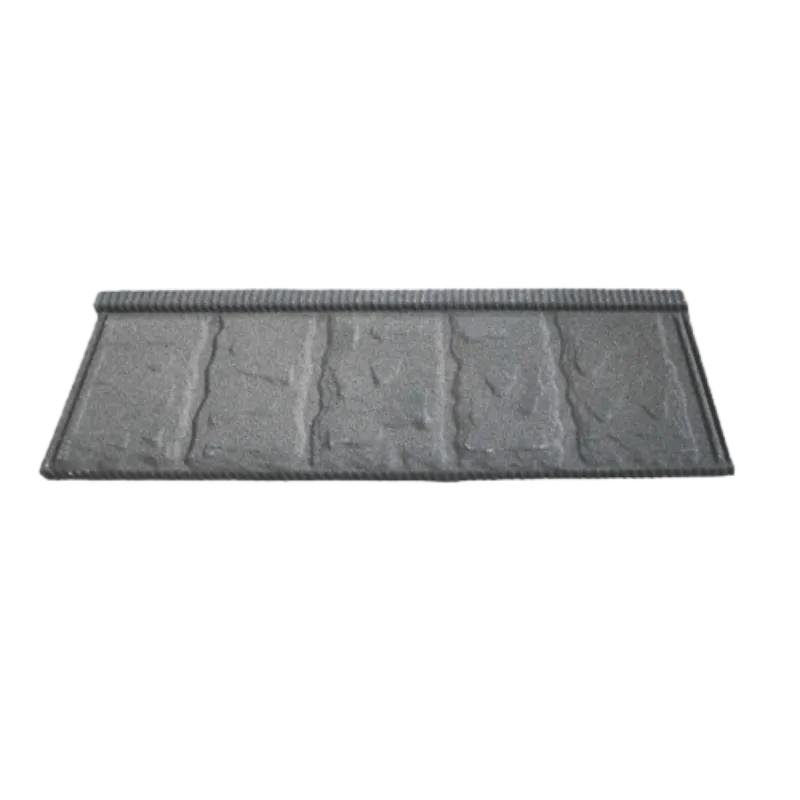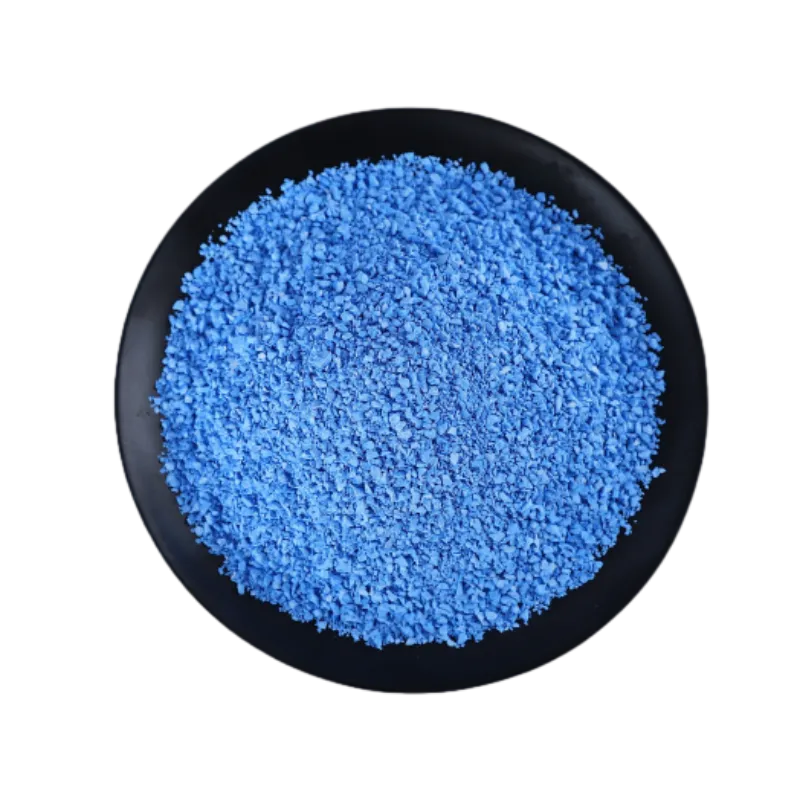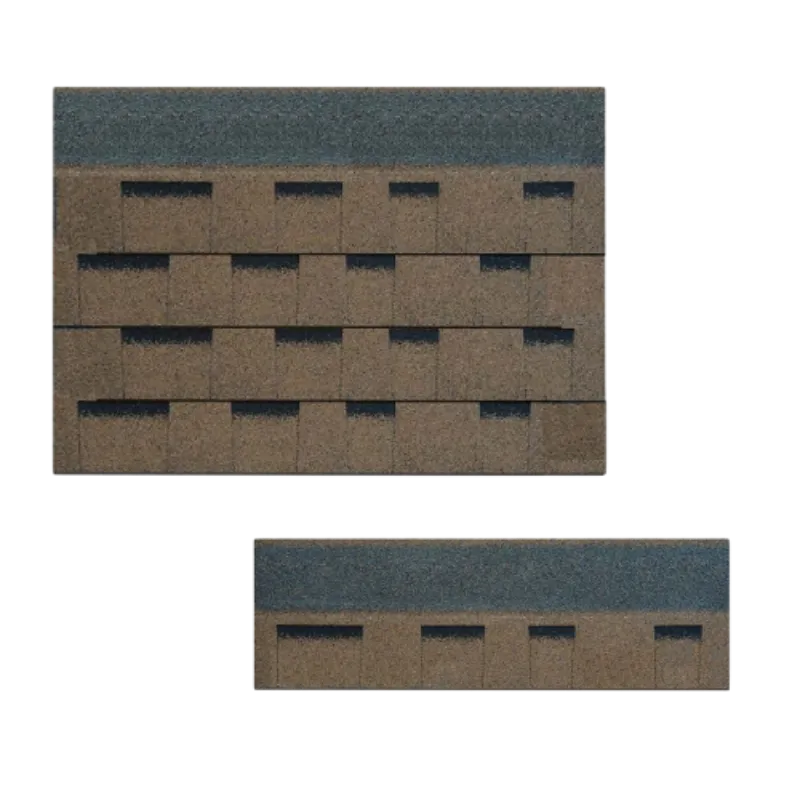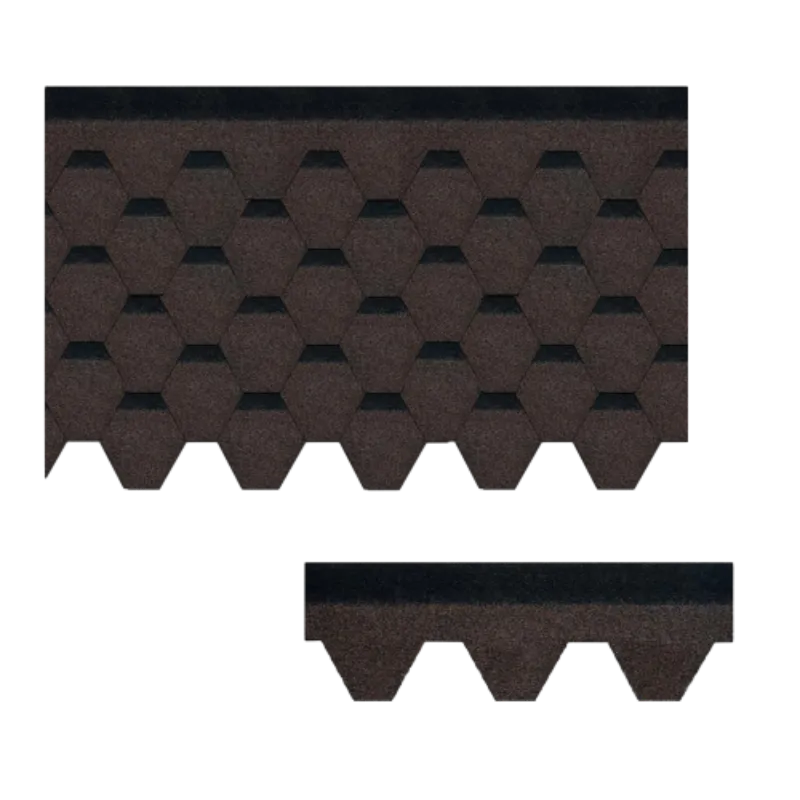
Nov . 15, 2025 11:00 Back to list
Durable & Sustainable Terracotta Roof Tiles - Benefits and Innovations Explained
Why Terracotta Roof Tiles Matter in Today’s Global Landscape
Terracotta roof tiles have been part of human architecture and shelter for centuries. But as the world grows more conscious about sustainability, climate resilience, and cultural heritage preservation, understanding terracotta’s role has never been more relevant. These reddish-brown, fired-clay tiles are more than just charming elements on Mediterranean villas or historic buildings; they’re practical, eco-friendly solutions suited for modern needs — from disaster-resistant roofing to sustainable urban housing.
Globally, roof materials significantly impact energy consumption and environmental footprint. According to the International Organization for Standardization (ISO), sustainable building materials help reduce CO2 emissions by 10-15% on average. Terracotta tiles, naturally fire-resistant, thermally efficient, and made from abundant clay, fit nicely in this equation. By diving deeper into terracotta roof tiles — what they are, how they’re made, and why they’re preferred — we unlock benefits for homeowners, builders, and entire communities worldwide.
Mini Takeaway: Terracotta roof tiles are an age-old, globally relevant roofing solution combining aesthetics, durability, and eco-friendliness — making them a top pick in sustainable construction.
Terracotta Roof Tiles: More Than Just Beautiful Bricks
So, what exactly are terracotta roof tiles? Simply put, they are roofing tiles made from clay that’s been shaped and then baked (“fired”) at high temperatures until it hardens. The word “terracotta” itself means “baked earth” in Italian, a nod to their natural origin and processing method.
In the modern building industry, terracotta roof tiles provide a durable, weather-resistant layer protecting structures from rain, heat, and sometimes even seismic activity. But their relevance isn't limited to traditional housing — NGOs and urban planners often specify them in projects where sustainability and cultural harmony are priorities, such as refugee shelters, rural schools, or community centers.
Terracotta roof tiles are also favored because their production process uses relatively low-energy compared to synthetic options, and the clay comes from readily renewable earth sources. Plus, their ability to regulate indoor temperature has naturally aligned with the global push towards energy-efficient architecture.
Mini Takeaway: Terracotta roof tiles are natural clay tiles baked for strength and durability. They serve modern needs from heritage conservation to new sustainable building projects.
Four Key Characteristics of Terracotta Roof Tiles
Durability & Weather Resistance
One reason you see terracotta roofs lasting decades is their toughness. Fired clay can withstand harsh sun, heavy rains, and wind without warping or fading much. Many tile producers guarantee 50+ years on their terracotta products. Plus, they’re naturally fire-resistant, a big bonus as wildfires encroach on more inhabited areas worldwide.
Thermal Efficiency
Terracotta’s porous structure lets it absorb some moisture, which evaporates later, cooling the roof naturally. This “breathability” slows heat transfer into buildings, reducing air conditioning needs particularly in hot climates — a practical edge that saves energy and lowers carbon footprints.
Cost Effectiveness
While the initial price of terracotta tiles is sometimes higher than asphalt shingles or metal roofs, the long life and low maintenance even out that cost. Homeowners often report paying less on repairs and energy bills, making terracotta a financially savvy choice for long-term projects.
Aesthetic & Cultural Value
There’s a reason Mediterranean homes and temples often feature terracotta roofing: it just looks right. The warm earthy tones blend into natural landscapes, while the shape and texture add architectural character. This makes terracotta tiles appealing not only for looks but for preserving cultural identity in both urban and rural settings.
| Specification | Details |
|---|---|
| Material | Natural clay (fired at 1000-1100°C) |
| Average Tile Dimensions | 300mm x 420mm x 15mm |
| Weight Per Tile | 2.8 to 3.5 kg |
| Water Absorption Rate | 10-14% |
| Fire Resistance | Class A (Non-combustible) |
| Expected Lifespan | 50+ years |
Where Terracotta Roof Tiles Find Their Home Globally
Terracotta tiles aren’t just locked to Mediterranean climes. Their use is widespread across Australia, South America, parts of Asia, and Africa — anywhere the climate benefits from thermal mass roofing and where cultural traditions endure. For example, in many post-disaster rebuilding projects funded by global NGOs, terracotta tiles offer cost-effective, durable shelter that won’t fall apart with a monsoon or high heat.
In rural India, they’re still popular for village homes because locally produced tiles support the economy and provide insulation against extreme temperatures. Meanwhile, certain conservation projects in Europe use terracotta to restore historic landmarks, meeting strict UNESCO guidelines on authenticity and sustainability.
Mini Takeaway: Whether rebuilding after natural calamities or preserving heritage sites, terracotta roof tiles serve diverse global roles due to their durability and environmental alignment.
Advantages That Make Terracotta Tiles a Winning Choice
- Environmental Sustainability: Made from natural materials with fewer chemicals, terracotta tiles are recyclable and have a low carbon footprint compared to synthetic roofing.
- Cost Savings Over Time: Energy efficiency and long lifespan reduce costs for repairs and utilities, making them economically smart long haul.
- Safety & Fire Resistance: Their natural resistance to fire adds a level of safety for families and businesses alike.
- Community and Culture: Preserves regional architectural styles that boost community identity.
There’s emotional value here, too — a terracotta roof can evoke safety, home, trust, and continuity. It’s a tangible link between past handcraft traditions and future-forward sustainability.
Innovations and Future Trends in Terracotta Roofing
Oddly enough, a material centuries old is seeing new life thanks to advancements like digital 3D molding that custom-design tile shapes to optimize airflow and water runoff. Additionally, some manufacturers are experimenting with solar-integrated terracotta tiles that blend photovoltaics with aesthetics.
Automation in kilns reduces energy consumption during firing, aligning with ISO 50001 energy management standards. Sustainable sourcing certifications and eco-labeling increases consumer confidence. It seems terracotta is primed to remain relevant… even more so as society tilts towards green building materials.
Hurdles and How the Industry Is Tackling Them
Terracotta tiles are somewhat heavier and more fragile before installation compared to lightweight metals or asphalt shingles. Transporting them safely up steep roofs can be a challenge. And in regions with excessive freeze-thaw cycles, water absorption can cause cracking unless tiles are carefully treated.
Experts recommend newer formulations with enhanced water repellency, and smarter logistics — like modular lightweight framing customers can manage themselves. Some NGOs train local communities in tile installation, building skills while ensuring quality. It’s a balance between traditional materials and modern ingenuity.
Vendor Comparison: Leading Terracotta Roof Tile Suppliers
| Supplier | Tile Weight (kg) | Water Absorption Rate (%) | Warranty | Price per sqm (USD) |
|---|---|---|---|---|
| Mediterranean Clay Works | 3.2 | 12 | 50 years | $45 |
| EcoTile Solutions | 2.8 | 10 | 40 years | $42 |
| Heritage Roof Tiles | 3.5 | 14 | 60 years | $50 |
FAQ: Common Questions About Terracotta Roof Tiles
Q1: How long do terracotta roof tiles typically last?
A1: Terracotta roof tiles can last anywhere between 50 to 100 years depending on the quality, installation, and climate exposure. Proper maintenance significantly extends their lifespan by preventing moss buildup or water infiltration.
Q2: Are terracotta tiles suitable for regions with heavy rainfall?
A2: Yes, terracotta tiles are water-resistant due to their firing process, but they do absorb some moisture. To prevent issues in very wet climates, it’s important to select tiles with low water absorption rates and install an effective underlayment and drainage system.
Q3: Can terracotta roof tiles be recycled or reused?
A3: Absolutely. Terracotta is a natural, recyclable material. Old tiles can often be cleaned and reused in new builds or crushed and incorporated into construction aggregate, which aligns well with sustainable building practices.
Q4: How do terracotta roof tiles compare in price with other roofing materials?
A4: The upfront cost is typically higher than asphalt or metal roofing, but considering their long lifespan and energy savings, terracotta tiles can be more economical over the long term.
Q5: Are terracotta roof tiles environmentally friendly?
A5: Yes. They are made from natural clay, often sourced locally with minimal additives. Plus, their longevity means fewer replacements and less waste, supporting eco-friendly construction.
Conclusion: Embracing Sustainable Roofing with Terracotta Tiles
Terracotta roof tiles combine timeless beauty with practical, sustainable benefits that the modern world increasingly demands. Their durability, thermal performance, and cultural resonance make them valuable assets for builders, homeowners, and planners globally. Despite minor challenges related to weight and fragility, ongoing innovations continue to improve performance and suitability in diverse contexts.
If you’re considering a roofing material that marries tradition with sustainability, terracotta roof tiles should be high on your list. To explore products, specifications, and sourcing options, visit coolroofmaterials.com and discover a world where age-old craftsmanship meets tomorrow’s building standards.
Mini Takeaway: Terracotta roof tiles are an enduring, eco-conscious investment — blending nature, heritage, and innovation for roofs that stand the test of time.
References:
1. ISO Environmental Management: https://www.iso.org/iso-14000-environmental-management.html
2. UNESCO Guidelines on Heritage Roofing: https://whc.unesco.org/en
3. Global Sustainable Building Data: https://www.worldgbc.org
-
Red Clay Roof Tiles: Durable, Sustainable & Stylish Roofing Solutions
NewsNov.23,2025
-
Durable and Sustainable Ceramic Roofs: A Global Perspective on Design & Innovation
NewsNov.23,2025
-
Synthetic Clay Tile Roof – Durable, Eco-Friendly Roofing Solutions for Modern Buildings
NewsNov.22,2025
-
Expert Guide to Terracotta Tile Roof Restoration - Sustainable Preservation & Repair
NewsNov.21,2025
-
Planum Roof Tiles – Durable, Sustainable Flat Roofing Solutions for Global Needs
NewsNov.20,2025
-
Terracotta Roof Shingles: Durable, Sustainable Roofing Solutions for Modern Needs
NewsNov.19,2025


